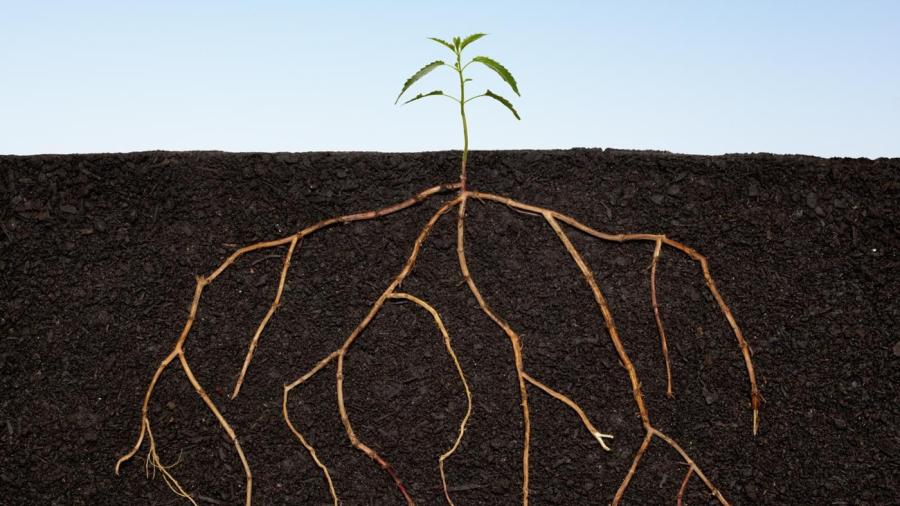What Are the Two Main Functions of Roots?

The two main functions of roots are to deliver water and nutrients to the plant or tree and provide an anchor that keeps the plant or tree in the soil. Roots are generally the first part of any plant that emerges during germination.
Roots should not be confused with stems, since roots grow down below the surface while stems grow up above the surface. Roots do not bear buds or leaves like stems do, although they do have fine hair-like structures that work to absorb minerals and water. Water passes up through the tiny root hairs and into the plant’s vascular system. The process by which the water moves through the roots is called osmosis, and it can only occur when there is water inside the plant in a concentration that is higher than the surrounding soil or compost. If there’s too much water in the soil, it has the opposite effect on a plant’s roots in that it will cause water to be leached from the roots instead of taking water up into the root.
Notably, storage roots from certain plants like the carrot end up being eaten by humans. Other storage roots become tubers and rhizomes, like irises and dahlias.





